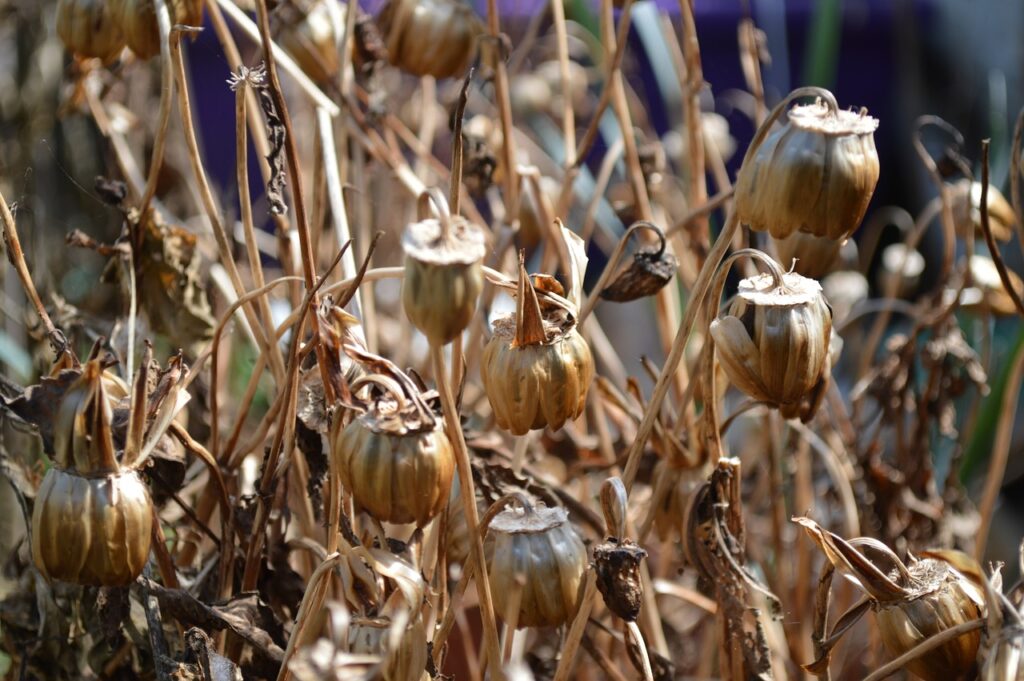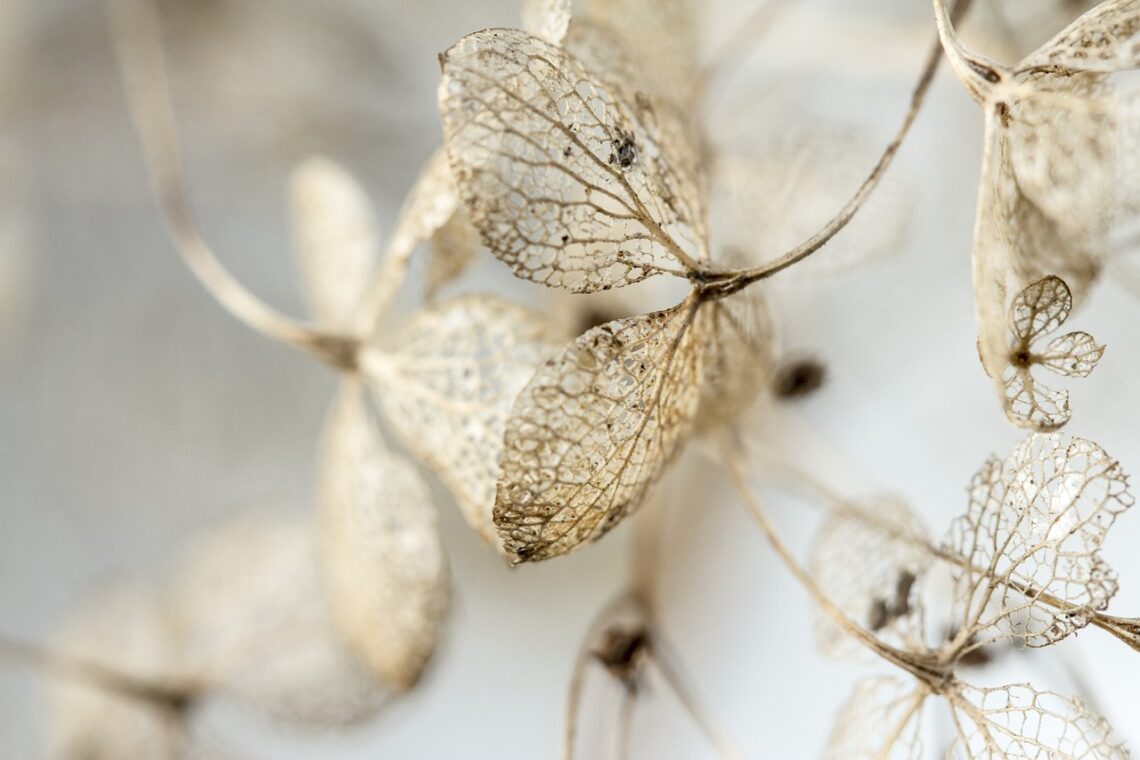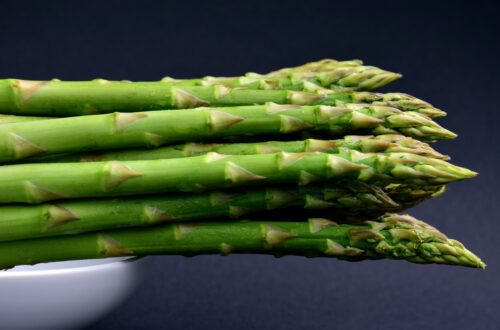
As the temperatures drop, and the days grow shorter, it’s common practice to tidy up the garden and clear away dead or withered plants. However, what if we told you that leaving dead plants behind for the winter can be an act of kindness to support our feathered and six-legged friends? In this blog post, we’ll explore the benefits of letting nature take its course and leaving some of those lifeless plants standing as winter sanctuaries for birds and insects.
Winter Shelter for Birds
Birds need shelter, especially during the cold winter months. Dead plants offer excellent protection from the elements. When you leave these plants in your garden, they provide cozy nooks and crannies for birds to roost, hide from predators, and escape harsh weather conditions. Perennials, grasses, and shrubs can become valuable havens for sparrows, finches, and other small birds.
Leaving these plant remnants behind isn’t just about preserving the physical structure of your garden but about creating a habitat that invites nature in. By doing so, you’re not only helping these winged creatures survive, but you’re also adding a touch of wildlife and beauty to your garden, even in its dormant state.
Insect Overwintering Sites
Insects often struggle to survive the winter, and many species have developed strategies to withstand the cold. Some insects, like ladybugs and certain moths, seek refuge in dead plants, where they can hibernate until spring. By leaving dead plant material in your garden, you’re providing essential habitat for these beneficial insects that play a vital role in pollination and pest control.
The act of leaving dead plants behind isn’t just about aesthetics or avoiding work in your garden; it’s about acknowledging and supporting the intricate web of life that exists in your backyard. Insects that find shelter in your garden during the winter months will be there to help pollinate your spring flowers and keep the balance in check.
Natural Food Sources
Dead plants don’t just serve as shelters; they also provide an essential food source for wildlife. Seed heads left on dried flowers can offer sustenance to birds, particularly finches and sparrows, which feed on the seeds throughout the winter. By keeping some of your garden’s plants intact, you’re creating a natural buffet for these hungry visitors.
What may seem like a tangle of lifeless stems and seed heads to you is a gourmet dining experience for your local wildlife. It’s a buffet that offers sustenance and helps these creatures through the challenging winter months.
Biodiversity Benefits
Leaving dead plants behind can also promote biodiversity in your garden. Insects that overwinter in plant stems and leaf litter play a critical role in supporting the entire ecosystem. By allowing them to thrive, you’re fostering a healthier and more balanced garden environment.
A garden isn’t just a collection of plants; it’s a thriving ecosystem where every creature plays a role. By leaving dead plants as habitats for insects, you’re contributing to the overall health of your garden and its surrounding environment.
Low-Maintenance Approach
Another compelling reason to leave dead plants behind is that it’s a low-maintenance approach. You can save time and energy by letting nature take its course. As the seasons change, you can always prune and clean up in the spring when the weather is more favorable.
Embracing this low-maintenance approach to gardening doesn’t mean you’re neglecting your garden. In fact, you’re allowing nature to work in harmony with your efforts, creating a more sustainable and resilient outdoor space.
Garden Interest and Aesthetics
Even in their dormant state, dead plants can offer a unique and visually appealing aspect to your winter garden. The textures and colors of dried seed heads and foliage can provide a beautiful and artistic element to your outdoor space, adding interest and aesthetic value.
Your garden doesn’t have to be devoid of beauty just because it’s winter. The intricate and delicate structures of dried plant material can create a fascinating, artistic tapestry in your garden. These remnants tell a story of the past season and hint at the future, bridging the gap between seasons.
Leaving dead plants behind in your garden over the winter is not just a matter of neglect; it’s a conscious choice to support wildlife and promote biodiversity. By providing shelter, food, and habitat for birds and insects, you can help create a thriving ecosystem even in the coldest months. Plus, you get to enjoy the subtle beauty of your garden’s winter landscape. So, this year, embrace the wild side of gardening and let some of those lifeless plants stand as beacons of life for the creatures that rely on them. Your garden will thank you, and so will the birds and insects that call it home.




